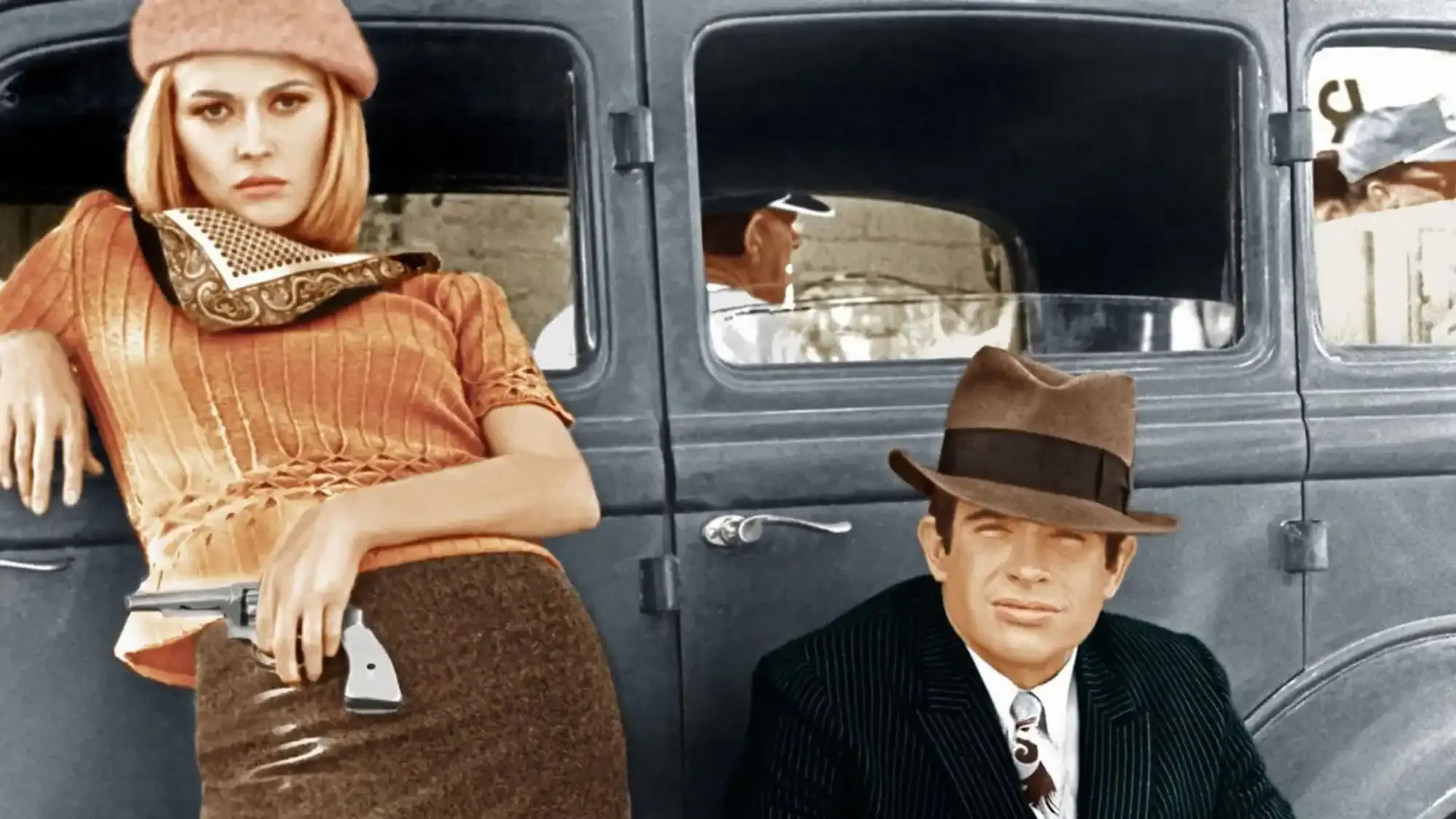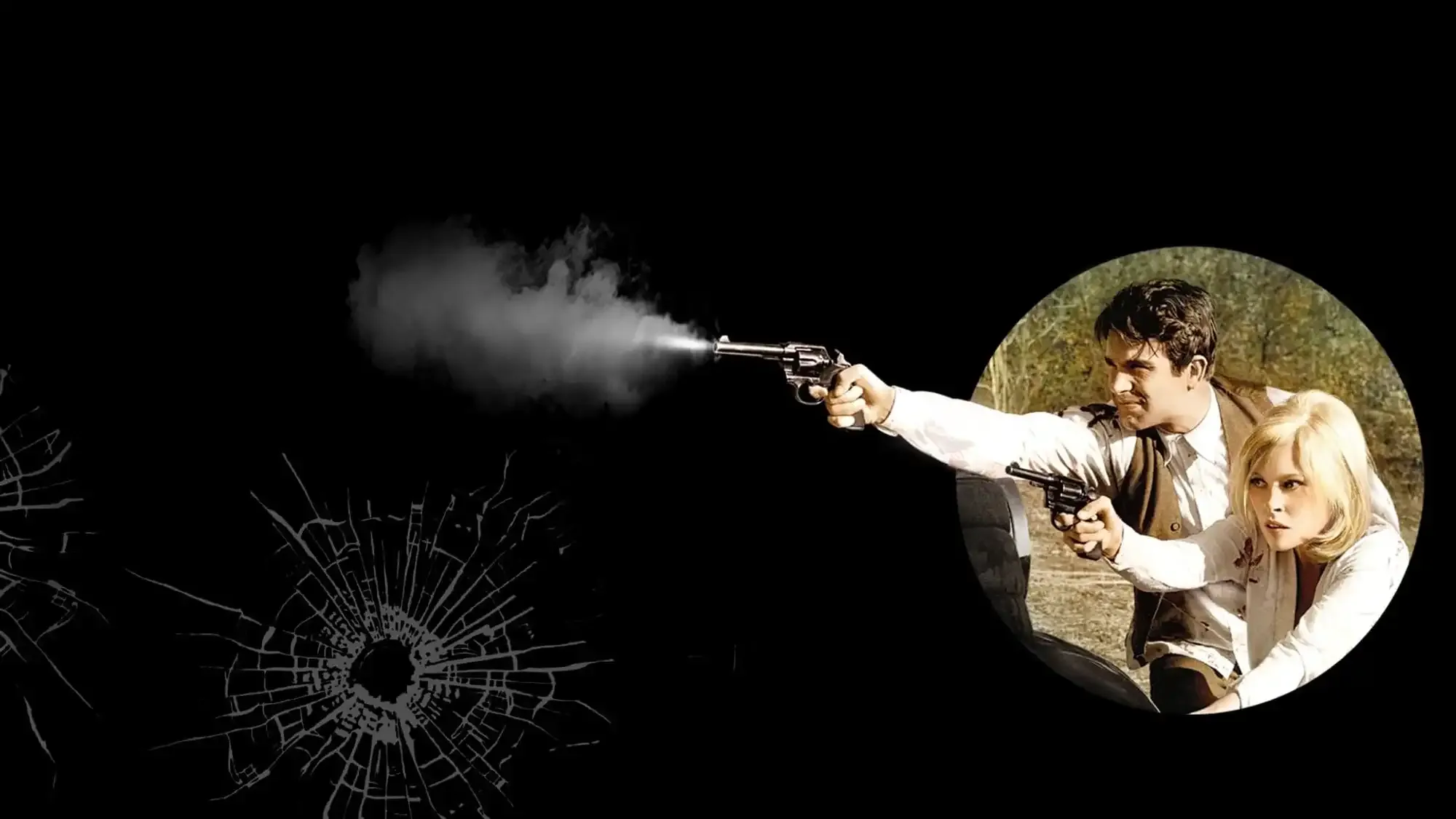"Outlaws in Love: `Bonnie and Clyde` and the Allure of the Antihero"
Posted Thursday, Nov 30, 2023 144
Arthur Penn`s `Bonnie and Clyde` (1967) is a landmark in American cinema, redefining the crime genre with its blend of glamour and brutality. The film tells the tale of the infamous Depression-era outlaws Bonnie Parker (Faye Dunaway) and Clyde Barrow (Warren Beatty). Both desperate to escape the monotony of their lives in Texas, the pair embark on a notorious bank-robbing spree across the South. Their romantic and criminal escapades capture the nation`s imagination, but as their notoriety rises, so does the determination of law enforcement to bring them down, culminating in a legendary and bloody conclusion.
`Bonnie and Clyde` explores themes of celebrity and rebellion, laying bare the disillusionment with American society during the 1960s through the lens of the 1930s. The film’s tone is sensational and provocative, with a bold approach to its characters’ violent lifestyle, often portraying them with a combination of mythical romanticism and stark reality.
The chemistry between Dunaway and Beatty is electric, each delivering iconic performances that balance the allure of notoriety with the vulnerability of their doomed fates. The supporting cast, including Estelle Parsons, Gene Hackman, and Michael J. Pollard, add rich layers to the narrative, presenting a dysfunctional family of outsiders.
Arthur Penn`s direction marries technical innovation with emotional depth, employing rapid cutting and stylistic flourishes that would go on to influence New Hollywood. His sympathetic yet unflinching portrait of the titular characters entrenches the film in a cinematic realism that is both visually compelling and thematically resonant.

The score and soundtrack, featuring period-specific tunes and a haunting banjo motif by Earl Scruggs, enhance the film`s atmosphere of roguish charm intertwined with impending tragedy.
Burnett Guffey’s Oscar-winning cinematography captures the landscapes of the American South with a picturesque beauty that juxtaposes the couple`s violent escapades, contributing to a cinematic language that intertwines the poetic with the visceral.
The production design meticulously recreates the rural sensibility and period setting, crafting an authentic backdrop that underscores the characters’ deeper disillusionment and rebel spirit.
Though minimal by contemporary standards, the film’s practical effects, most notably in the shooting sequences, convey a raw intensity that shocked audiences of the time and underscored the graphic nature of Bonnie and Clyde`s end.

Dede Allen’s revolutionary editing technique, particularly during the film’s violent climax, creates an intense, almost staccato effect that had a lasting impact on the art of cinematic montage.
The film’s pacing is a slow-burn to rapid-fire, reflecting the protagonists` languid beginnings and the frenetic energy of their crime spree, allowing the tension to build and erupt in a manner that mirrors their unpredictable lives.
The dialogue crackles with a snappy 1960s irreverence, delivering lines that have become part of the filmic lexicon while also revealing the characters` depth and motivations.
Critics may highlight the film`s romanticized portrayal of violent criminals and its unorthodox pacing, arguing that it risks glorifying the protagonists’ outlaw lifestyle. The graphic violence and ambiguous morality heralded a new cinema era, which may be jarring to traditional sensibilities.
As a film critic, `Bonnie and Clyde` stands as a defining statement on anti-establishment sentiment, remembered for its daring narrative and stylistic boldness. This groundbreaking piece of cinema with its palpable defiance carved a new path for American filmmaking, marrying grit with grandeur and leaving an undeniable mark on the cultural conscience.